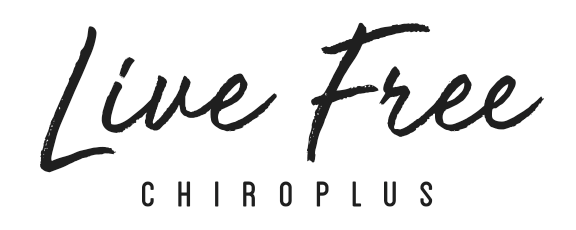What is Our Food System?
If a good diet and nutrition are the foundation for a healthy individual, then ideally a society's food system should be set up to support that foundation for each individual. So, how exactly, is our food system set up? Does it have our best interests at heart?
When looking at our food system, there are several branches of it. The largest branch is what author Michael Pollan refers to as the Industrial Food System. This branch feeds the most people, thus having the greatest effect on society and our environment. With a vastly growing population, “industrial” food was inevitable and has arguments for both successes and failures. In the early 70’s, one major food policy change transformed farming as we know it contributing to obesity rates which have almost tripled over the last 50 years.
Over a century ago, the typical farm raised more than a dozen different plants and animals. It was a diverse system of producing food and tending to the land and is most likely the picture that comes to mind when you think of “the old family farm”. In response to the collapsing prices of weak markets during the depression era, a system of government subsidies was implemented. During that time, the government would lend farmers the value of their crop so they wouldn’t have to dump it into a weak market which would have driven prices even lower. It was a system that encouraged farmers not to overproduce their crops and it worked fairly well for a few decades.
The 70’s found us facing a food shortage and rising prices at the grocery stores as the farming policy had switched from loans to direct payments. At first, it was the same for the farmer —but had an enormous effect on the food system. There was no more regulation of dumping more crops onto an already flooded market. Down went the fence rows on the farms separating the different animals and crops and up came large fields of monocrops (only growing one thing on large fields of land). This resulted in crop prices dropping. Farmers had to start growing more and more of what the government was subsidizing (mostly low nutrient grains, corn and soy) just to make enough to live. This price dropping of the crops, thus having to produce more and more just to maintain the same level of income intensified in the years that followed. The result was a giant surplus of these grains, corn, and soy, but what were we to do with it?
Fortunately, this large surplus led to innovative ways to process these crops into other products (vegetable oils, artificial sweeteners, and other processed junk food). However, the food industry is unique in that there are only so many calories a population can consume. So, in order to increase revenues for business, the trick is to get people to consume more calories. This was the major simplification of the agricultural system, which in turn led to a major simplification of the diet. Today’s industrial food market is predominantly made up of corn and soy. 75% of all vegetable oils consumed come from soybeans (which represents over 20% of the daily calories people consume) and more than 50% of sweeteners consumed come from corn (which represents over 10% of the daily calories people consume). This change has been driven by a 32-billion-dollar food marketing machine that thrives on society's lack of knowledge of what to eat and what not to eat.
The good news is, like I mentioned at the beginning, there are other branches of this food system. You can opt out of the industrial food system and take back charge of your diet and your health. Start by paying attention:
Read the ingredient labels on your foods.
Does it sound like it is made up of real food?
Or, Is it a processed food-like substances?
Shop the perimeters of the grocery store.
This will have more of the produce and meats and help keep you away from the processed industrial food marketing machine.
You can also vote with your dollars.
Shop at local farmers markets.
Get to know your farmers.
Farmers that are farming like the ones did over a century ago.
This important change can be one of the single most important changes you make to take control of your health and start LIVING FREE!
Want to receive this blog straight to your inbox? Sign up for our monthly newsletter!
Are you following us on social media?



